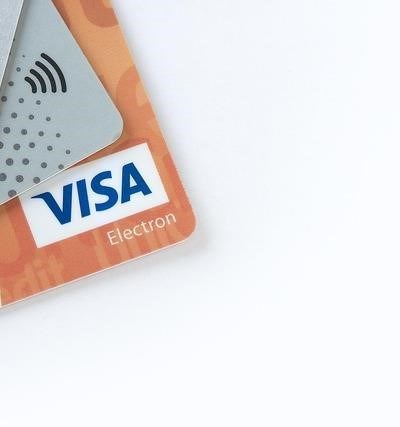
The proliferation of non-Verified by Visa (VBV) and similar non-secure payment cards presents a significant vulnerability in the global financial system, facilitating a range of illicit activities. These cards, often marketed for anonymity or convenience, lack the essential security protocols designed to prevent unauthorized transactions and combat financial fraud. This vulnerability is exploited extensively by criminal networks engaged in diverse forms of illegal transactions, ranging from relatively low-level fraudulent activity to sophisticated schemes involving money laundering and terrorist financing.
The anonymity afforded by non-VBV cards is particularly attractive to those operating within the shadow economy. The lack of robust verification mechanisms makes them ideal for conducting untraceable payments, thereby obscuring the origin and destination of funds. This characteristic is further amplified by the prevalence of such cards on the dark web, a clandestine online marketplace where cybercrime thrives. The ease with which these cards can be acquired, often through illicit channels, contributes to their widespread use in predicate offenses, activities that are often necessary to establish larger criminal enterprises.
The Risks Associated with Non-VBV Cards
The risks associated with non-VBV cards are multifaceted and pose a considerable challenge to financial regulation and regulatory compliance efforts. These include:
- Increased Fraudulent Activity: The lack of verification makes these cards prime targets for fraudsters, leading to a surge in unauthorized transactions.
- Money Laundering Facilitation: The anonymity provided by these cards significantly aids in the layering and integration stages of money laundering, making it difficult to trace the flow of illicit funds.
- Terrorist Financing: The ease of use and untraceability makes these cards a convenient tool for financing terrorist activities.
- Evasion of KYC/AML Compliance: The anonymous nature of these cards directly undermines know your customer (KYC) and anti-money laundering (AML) regulations.
Combating the Threat
Addressing the challenges posed by non-VBV cards requires a multi-pronged approach involving enhanced transaction monitoring, rigorous risk assessment, and strengthened AML compliance programs. This includes:
- Improved Due Diligence: Financial institutions must implement more stringent due diligence procedures to identify and mitigate risks associated with non-VBV card usage.
- Enhanced Transaction Monitoring Systems: Sophisticated systems are needed to detect suspicious patterns and flag potentially illegal transactions involving these cards.
- Strengthened International Cooperation: Effective enforcement requires collaboration between law enforcement agencies and financial institutions across jurisdictions.
- Increased Public Awareness: Educating consumers about the risks associated with non-VBV cards can help reduce their demand and thereby limit their use in illicit activities.
Ultimately, mitigating the risks associated with non-VBV cards requires a comprehensive strategy that combines technological advancements, enhanced regulatory frameworks, and effective investigations into criminal networks exploiting these vulnerabilities. The goal is to ensure the integrity of the financial system and protect it from those who seek to exploit its weaknesses for personal gain or to further nefarious purposes. The use of prepaid cards and anonymous cards, while offering convenience to some, necessitates a robust regulatory and enforcement environment to prevent their misuse.
The article presents a compelling case for the urgent need to address the security loopholes presented by non-VBV cards. The discussion of the challenges posed to KYC/AML compliance is particularly relevant in the current regulatory landscape. The author
This article effectively highlights the significant security risks posed by non-Verified by Visa (VBV) cards. The clear articulation of how these cards facilitate illicit activities, from fraud to terrorist financing, underscores the urgent need for strengthened regulatory frameworks and enhanced security protocols within the global financial system. The focus on the anonymity afforded by these cards and their prevalence on the dark web provides valuable context to the problem.
This concise yet informative piece provides a crucial overview of the vulnerabilities inherent in the widespread use of non-VBV payment cards. The clear and direct language makes the complex issues surrounding financial crime accessible to a broad audience. The article successfully emphasizes the need for collaborative efforts between financial institutions, law enforcement, and regulatory bodies to mitigate these risks.
The author